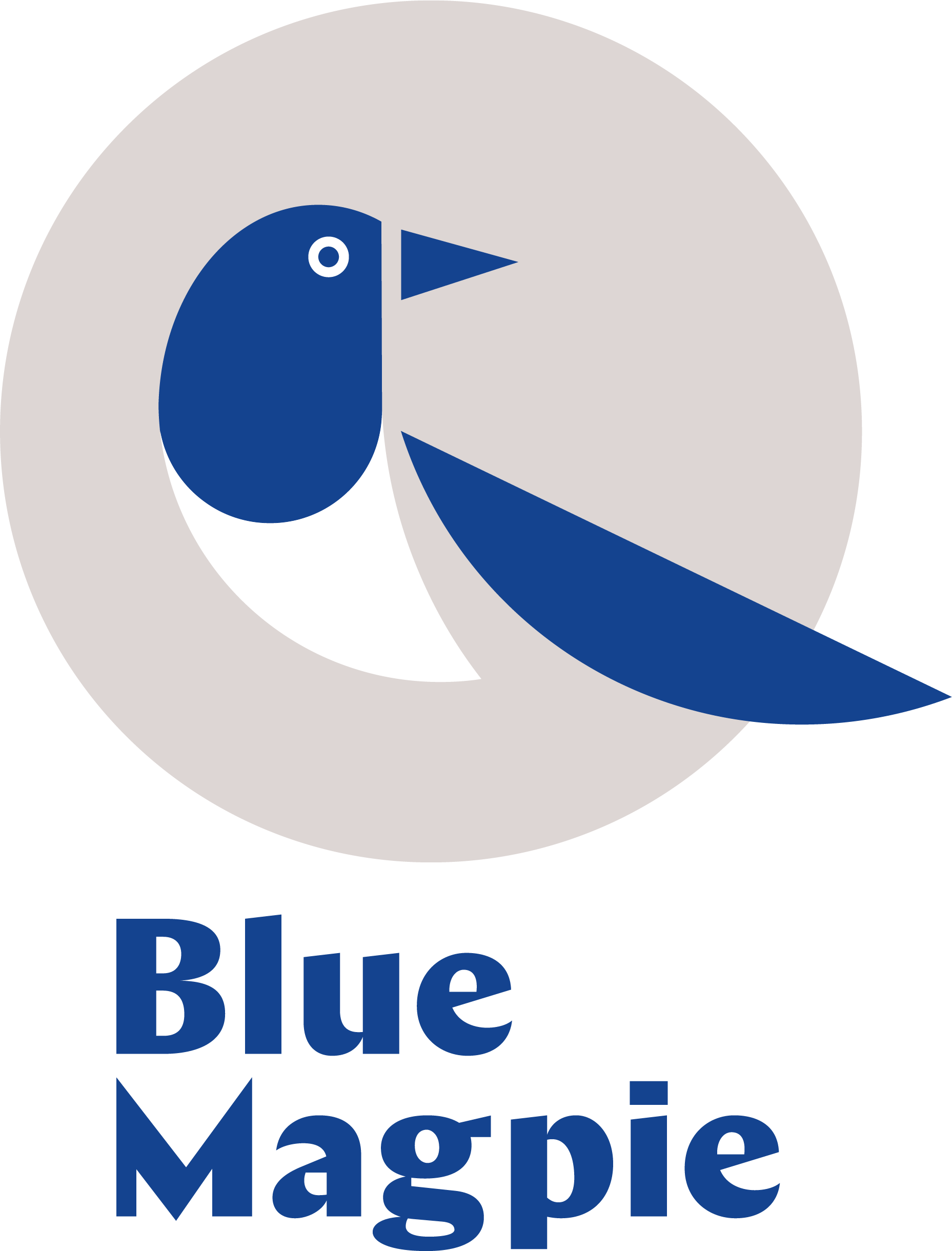Six of many reasons to admire George Eastman, the genius behind Kodak
Among the 50 fascinating characters in our new book on the world’s greatest business tycoons - available now in print format here for £8.99 or £4.99 as an ebook - one of the most interesting for me was George Eastman.
He was the pioneer behind Kodak, the company that dominated the world of photography from its inception in the 1880s throughout most of the 20th century. His contributions to photography, his generosity and his progressive spirit mark him out as special.
Born in upstate New York in 1854, Eastman’s father died when he was seven; the family was left so destitute that they were forced to take in boarders, and George had to leave school early to work as an insurance agent and bookkeeper.
Here are some highlights from his life:
In his early twenties, he developed an interest in photography, then a cumbersome, fastidious and expensive undertaking. Cameras weighed more than 50lbs and also needed an array of chemicals to “fix” the glass plate negatives after exposure. For three years, Eastman experimented in his mother’s kitchen until at last he invented and patented a dry-plate coating machine that made the process quicker and easier. Then, with further innovations, he created the first practicable film in roll form and developed cheap, light, easy-to-use cameras that made photography widely accessible.
Kodak - the brand name he devised for his products and his company (he was a fan of the letter “k”) - went on to worldwide success; its advertising slogans, such as “You press the button, and we do the rest”, and “Kodak moment”, became part of the public lexicon.
Eastman donated more than $100 million to educational and arts institutions, hospitals and charitable organisations during his life, and his entire estate was bequeathed to the University of Rochester. He sought anonymity, insisting that the donations were done under the alias "Mr Smith". The Boston Globe later labelled him "America's most modest and least-known millionaire".
He was a progressive leader for his era, instituting benefit and profit-sharing programmes for employees. He promoted a woman, Florence McAnaney, as head of Kodak’s personnel department, the first female to hold an executive position in a major American company.
Eastman never married, and there has long been debate as to his sexuality. While some maintain that he was simply a lifelong bachelor, others argue that his private correspondence, amounting to more than 700 letters, reveal same-sex feelings.
In the late 1920s, Eastman was diagnosed with irreversible spinal disease, and on March 14, 1932, he ended his life by shooting himself, aged 77. In a note to friends, he wrote, “My work is done. Why wait?”
Kodak continued to prosper after his death, and as late as 1976 had 90 per cent of film sales and 85 per cent of camera sales in the United States. But, in what has become a classic example of market leaders failing to come to terms with advancing technology, it was overtaken by the digital revolution and filed for bankruptcy in 2012.
Paradoxically, Kodak had developed the world’s first digital camera in 1975, but dropped the product for fear it would threaten the company’s film business. How different things might have been had the visionary Eastman still been at the helm...
You can read more about the remarkable life of George Eastman and other pioneers of business as part of our collection of original obituaries of 50 Tycoons.

